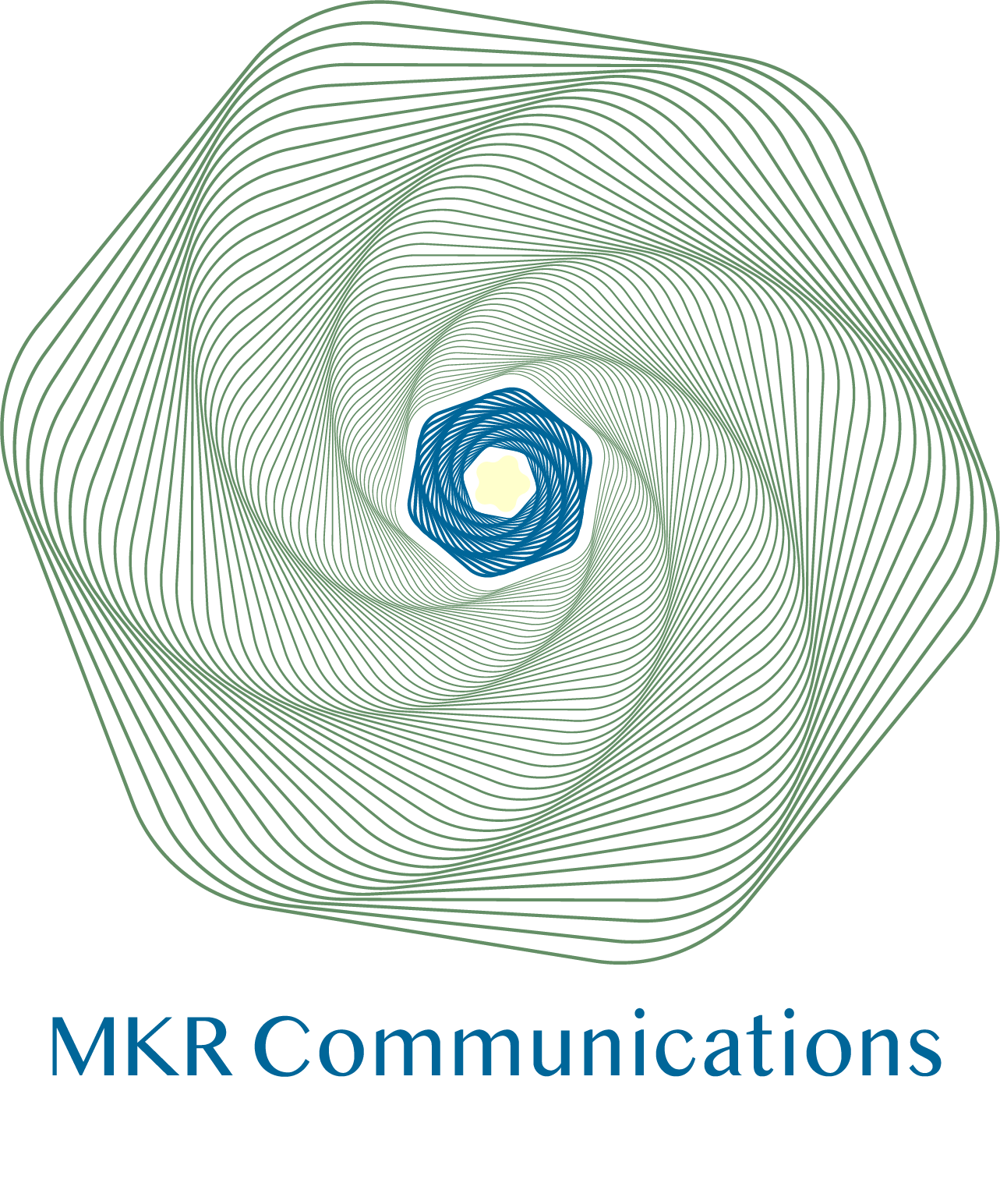Digital Marketing Campaigns
In today's digital landscape, firms must leverage a diverse array of tactics to differentiate, engage clients and stakeholders, and drive growth. From search engine optimization (SEO) to influencer marketing, and from blogging to augmented reality (AR) experiences, there are numerous strategies and tactics that AEC firms can employ to enhance online presence, position Subject Matter Expertise (SME), and achieve marketing objectives. Not all digital marketing tactics work for all brands and disciplines, it can include a combination of any of the following:
Email Marketing - Newsletters - Outbound
Influencer Marketing
Video Content
Marketing Automation
Data Analytics and Insights
Native Advertising
Display Advertising
Remarketing/Retargeting
Interactive Content
User-generated Content Campaigns
Chatbots and AI-driven Marketing
Virtual Events and Webinars
Augmented Reality (AR) and Virtual Reality (VR) Marketing
Podcasting
Customer Relationship Management (CRM) Integration
Geo-targeting and Local Marketing
Content Programs
Understanding the foundational pillar of digital marketing—content marketing is key in developing a compelling story and integrating valuable information in order to captivate audiences and drive meaningful engagement.
A strong content program is characterized by several key elements:
Relevance: Content should be tailored to the interests, needs, and pain points of the target audience.
Quality: Content should be well-written, informative, and engaging, showcasing expertise and credibility.
Consistency: Regularly publishing content helps maintain audience interest and builds trust over time.
Variety: Offering a mix of content formats (e.g., articles, videos, infographics) keeps content fresh and appeals to different audience preferences.
SEO Optimization: Optimizing content for search engines helps improve visibility and attract organic traffic.
Value Proposition: Content should provide tangible value to the audience, whether through education, entertainment, or solving problems.
Brand Alignment: Content should reflect the brand's voice, values, and goals, contributing to a cohesive brand identity.
Promotion: Effective promotion across relevant channels maximizes reach and engagement with the target audience.
Measurement and Iteration: Regularly tracking and analyzing content performance allows for optimization and refinement based on audience feedback and analytics.
Adaptability: A strong content program evolves with changing trends, audience preferences, and industry dynamics to stay relevant and impactful.

